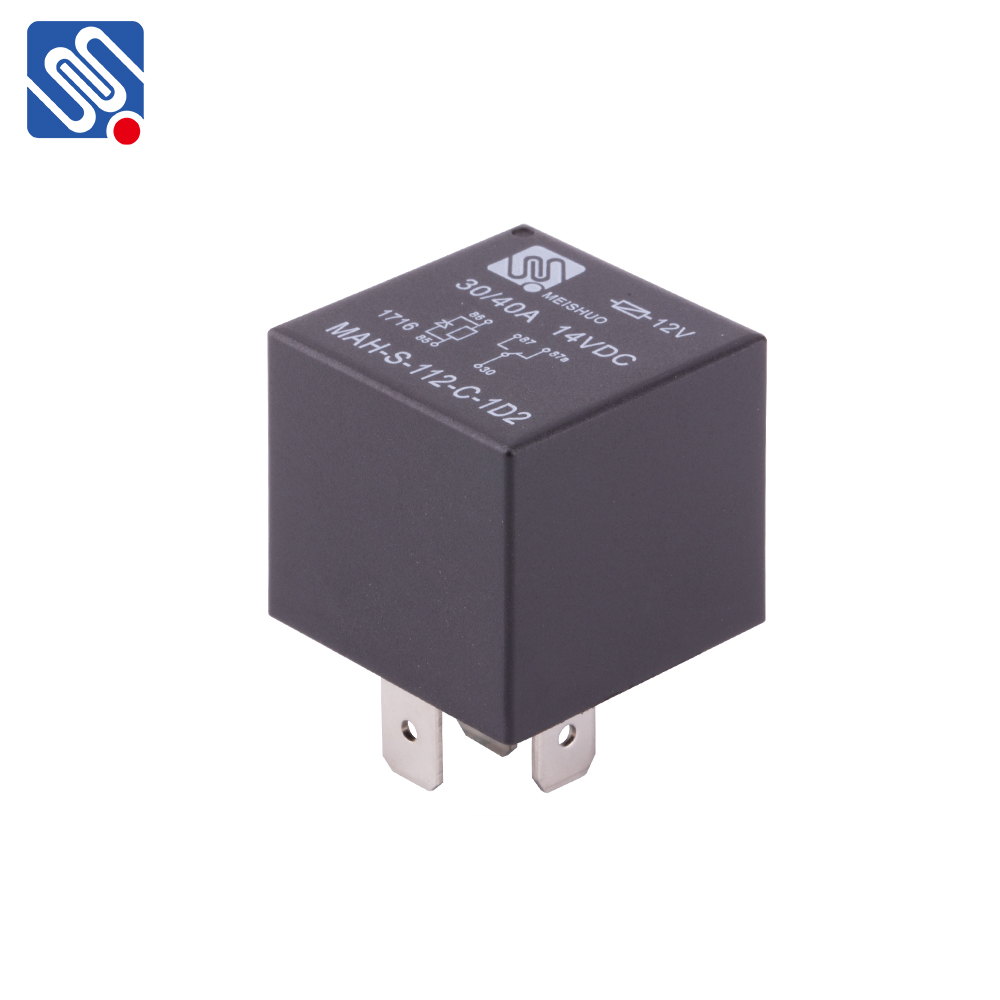Relays are fundamental components in electrical systems, serving as switches that control the flow of electricity through a circuit. Their characteristics dictate how they respond to electrical signals, making them crucial in various applications ranging from automation systems to automotive electronics. Understanding relay characteristics is essential for selecting the right relay for a given application and ensuring optimal performance. In this article, we will delve into the key characteristics of relays and how they impact their functionality.

1. Operate Time and Release Time One of the most important relay characteristics is the operate time, which refers to the duration it takes for the relay to change its state from open to closed after the input signal is applied. The operate time is a critical factor in time-sensitive applications, where the relay must respond quickly to electrical signals to ensure the system operates correctly. The release time, on the other hand, is the time it takes for the relay to revert to its original state (from closed to open) once the input signal is removed. Both operate and release times can vary depending on the type of relay and its design. Generally, faster response times are desirable in systems that require high-speed switching, such as in digital circuits or automation systems.
Leave a Reply